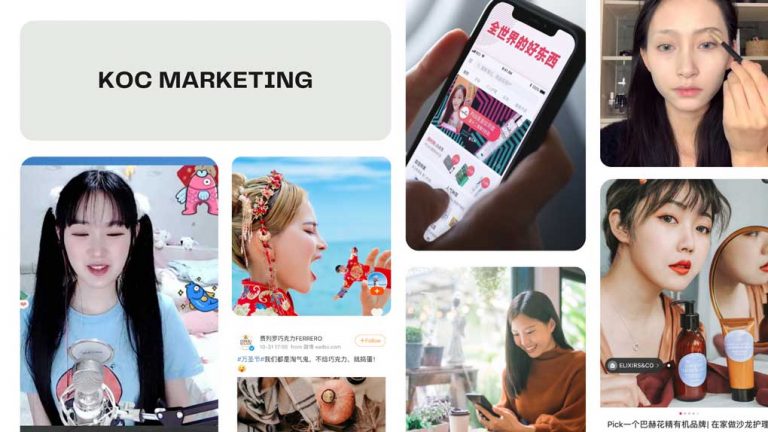“Community” might suppose a group of people, but in reality, your community in China is spread out all over the internet: on WeChat, Weibo, Little Red Book, Douyin, QQ, and even the comment sections of articles. Your community is your current customers, target audiences, and all the people who interact with your brand directly and indirectly online.
Community Management: What It Is, Why It’s Important
 Brands that don’t have a community management plan in China miss out on important opportunities to:
Brands that don’t have a community management plan in China miss out on important opportunities to:
Need a cost effective TP (Tmall Partner) to sell in China?
We are an Official Tmall Partner e-commerce Agency. Our Services: E-Commerce, Search Engine Optimization, Advertising, Weibo, WeChat, WeChat Store & PR.
- Manage Chinese customer complaints
- Turn Chinese customers into loyal fans
- Win over influencers and prospective customers
- Network with other Local brands and partner with them
- Get valuable, raw product feedback
- Be the coolest voice in a comments section
With Chinese social media such as Weibo, Chinese people go there for information, sharing, and to engage with other users. Because Weibo is a blogging site, it contains a large source of informational and trending content. Companies, organizations, and celebrities in China have Weibo accounts to interact with their customers, fans, and followers.
International companies can create and manage a page for Chinese users to interact and debate on any subject to increase the level of communication with their customers.
Using this platform correctly can help develop an organic presence in China without resorting to paid advertising. This platform can be very useful for businesses that have good brand awareness in China, yet little presence on Chinese social media platforms.
Social Media Manager vs. Community Manager
- Social Media Marketing
Social media marketing is just like any other type of marketing; your ultimate goal is to drive more Chinese people to make a purchase with your brand, usually doing so by increasing the visibility or reputation of your brand or service. In social media marketing, the difference is the medium: these strategies are implemented on WeChat, Weibo, or some other social profile.
Read our Chinese Social Media Guide
These strategies vary, but they’re based around the structure of the medium; potential Chinese customers find the brand’s page and subscribe to it. Potential customers receive updates from that subscription, which either increases the brand’s reputation with the potential Chinese customer or leads the customer to make a purchasing decision.
- Community Management
Usually, Brands or companies think Community management, may not have anything to do with marketing. It is the process of creating or altering an existing community in an effort to make the community stronger. In a modern context, this usually means attracting new people to a community, reaching out to older or inactive community fans to bring them back into the fold, or giving more opportunities for current community fans to engage with one another.
The main point of overlap is that actively managing a community on social media generally leads to a larger, more engaged audience. The larger and more engaged your audience is, the better chances you’ll have to convert your existing followers through your marketing efforts. It’s an almost symbiotic relationship, but if you want to perfect either approach, you’ll need to distinguish the two in your mind.
How to Adjust Your Community Management Strategy to China?
Your path forward depends on your goals and your current resources. Are you interested in seeing immediately higher conversions and greater short-term opportunities to convert?
Increasing your calls to action and marketing messages on Chinese social media is the answer. Increasing your efforts to engage your audience and reach out to new potential members is more critical.
You should prepare the budget and the time to cater to both of these elements, do so. They work together to enhance each other’s benefits for your brand. However, it’s still important to distinguish between the two of them, since each one carries a different purpose and requires a different approach to be successful.
Take the time to audit your current approach to evaluate which realm of your efforts is more effective.
Simply managing a community, without the marketing component, can also be beneficial:
- Customer retention. Managing a community is highly valuable for retaining an existing audience, who have already purchased your products or is liable for repeated brand interactions.
- Customer attraction. Social media marketing by itself doesn’t do much to attract an audience. Only through community management can you start cultivating new audience members.
- Increased brand reputation. Community management focuses on building the reputation of your brand, rather than simply increasing sales, giving you a better long-term position.












